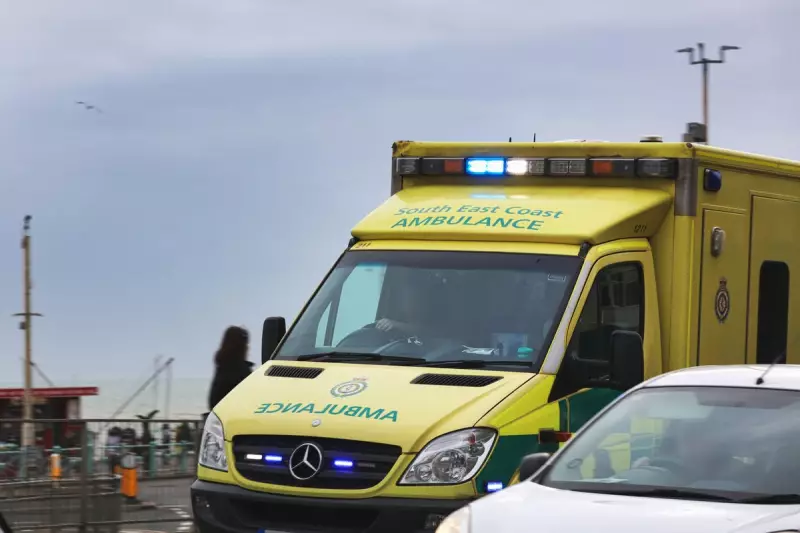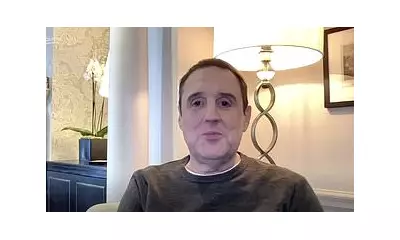
Every year, thousands of Britons experience strokes without recognising the crucial warning signs that could mean the difference between life and death. Understanding these symptoms isn't just valuable knowledge - it's potentially life-saving.
The Critical FAST Test: Your First Line of Defence
Medical professionals emphasise the FAST acronym as the cornerstone of stroke recognition:
- Face: Can the person smile? Has their mouth or eye drooped?
- Arms: Can they raise both arms and keep them there?
- Speech: Is their speech slurred or garbled? Can they understand you?
- Time: If you see any of these signs, it's time to call 999 immediately
Beyond FAST: The Less Obvious Warning Signs
While FAST covers the most common symptoms, strokes can manifest in subtler ways that many people miss:
- Sudden numbness or weakness, particularly on one side of the body
- Complete paralysis of one side of the body
- Sudden vision problems in one or both eyes
- Unexpected dizziness or loss of balance
- Difficulty swallowing
- A sudden, severe headache with no apparent cause
- Confusion or problems understanding speech
Why Every Minute Matters in Stroke Treatment
The brain is incredibly sensitive to oxygen deprivation. When blood flow is interrupted during a stroke, brain cells begin dying within minutes. Rapid medical intervention can not only save lives but significantly reduce long-term disability.
"Time lost is brain lost," explains Dr Sarah Jenkins, a leading neurologist. "Many stroke treatments are most effective when administered within the first few hours. The sooner we can treat someone, the better their chances of recovery."
Understanding the Two Types of Stroke
Strokes generally fall into two categories:
Ischaemic Strokes
Accounting for approximately 85% of all cases, these occur when blood clots block arteries supplying blood to the brain.
Haemorrhagic Strokes
These happen when weakened blood vessels rupture and bleed into the surrounding brain tissue.
Risk Factors You Can Control
While some risk factors like age and family history can't be changed, many lifestyle choices significantly impact your stroke risk:
- High blood pressure - the single most important modifiable risk factor
- Smoking and excessive alcohol consumption
- High cholesterol levels
- Diabetes management
- Obesity and physical inactivity
Regular health check-ups and managing these conditions can dramatically reduce your risk of experiencing a stroke.
What to Do When You Suspect a Stroke
If you notice any stroke symptoms in yourself or someone else:
- Call 999 immediately - don't wait to see if symptoms improve
- Note the time when symptoms first appeared
- Stay with the person and keep them comfortable
- Do not give them anything to eat or drink
Remember: When it comes to stroke, hesitation can have devastating consequences. Your quick action could save a life and prevent permanent disability.





